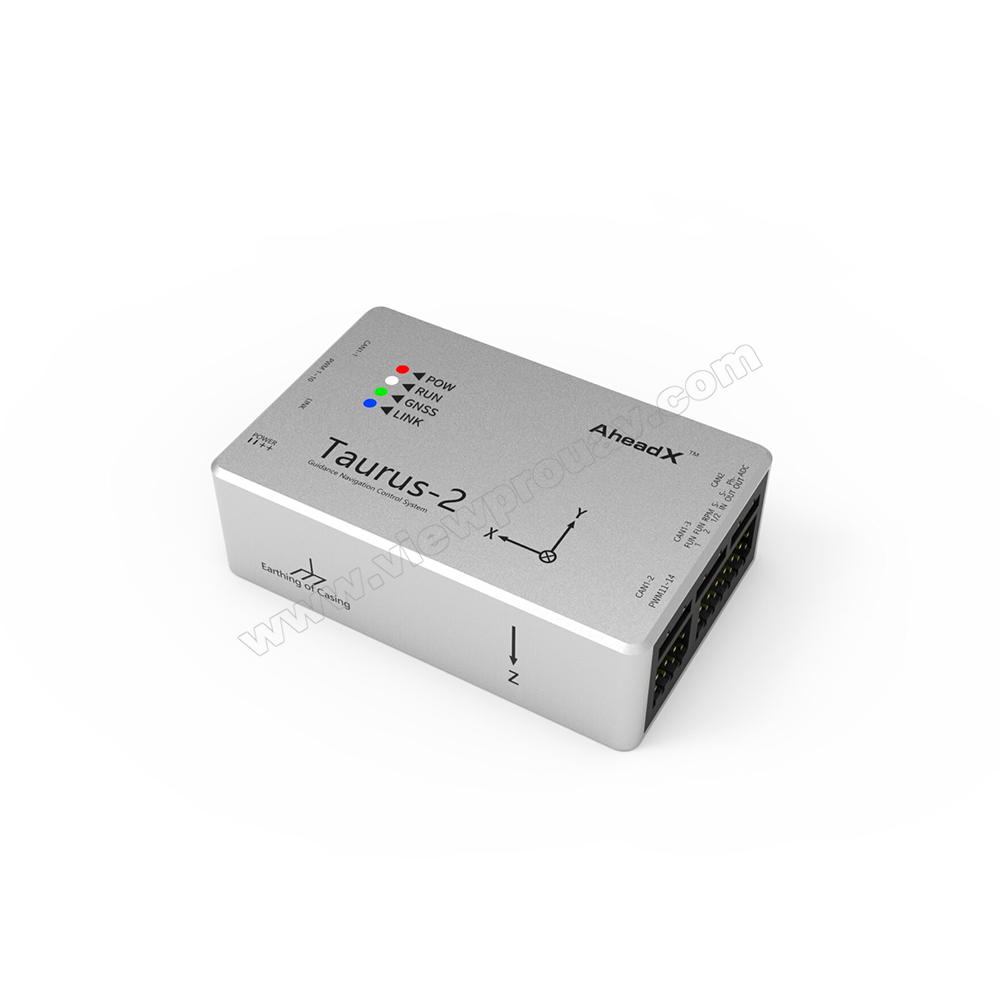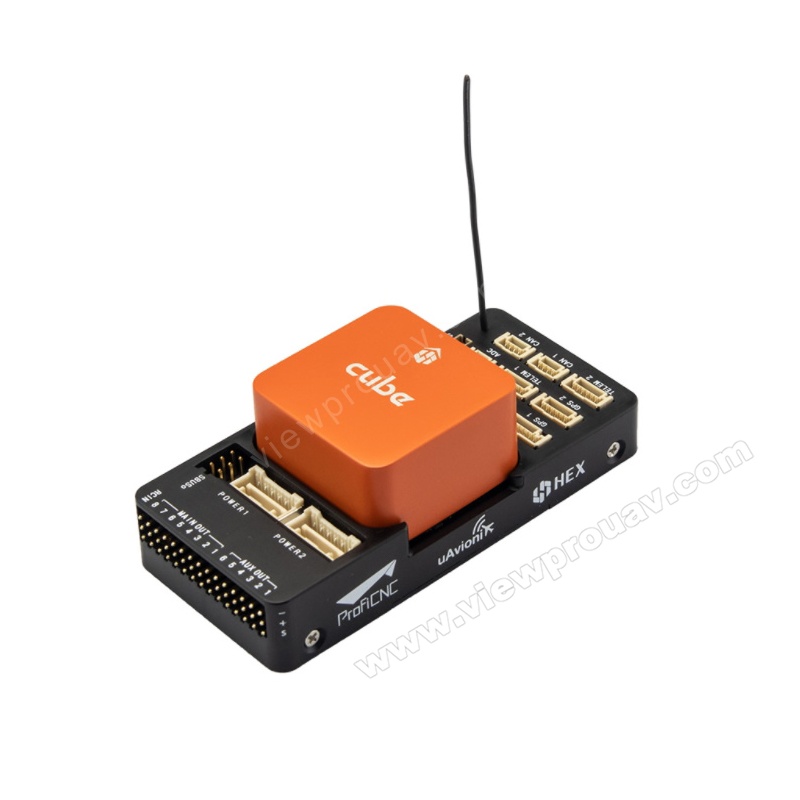SparkNavi Drone Flight Controller and GNSS/INS Made in Taiwan: Accuracy Navigating for Drones
SparkNavi Drone Flight Controller and GNSS/INS Made in Taiwan: Accuracy Navigating for Drones
Blog Article
Discovering the Function of Drone Flight Controllers in Enhancing Flight Security and Navigation Performance
The development of drone innovation has substantially raised the importance of trip controllers, which offer as the brain of these airborne vehicles. By incorporating real-time information from a selection of sensing units, flight controllers boost trip security and navigation effectiveness, making sure that drones can operate smoothly even in complicated atmospheres.

Comprehending Flight Controllers
Trip controllers are indispensable parts in the functioning of drones, functioning as the brains that stabilize and take care of flight procedures. These advanced devices process information from numerous sensing units, consisting of accelerometers, gyroscopes, and GPS, to guarantee that the drone keeps its designated trip course. The flight controller translates this information and performs commands based upon pre-defined algorithms, enabling the drone to react to ecological modifications, such as wind or challenges.
The key feature of a flight controller is to keep security during flight. It achieves this by making real-time modifications to the drone's motors and control surfaces, making certain balance and control. Additionally, modern-day trip controllers incorporate advanced attributes such as waypoint navigating, enabling automated flight courses and enhanced operational effectiveness.
Recognizing the design of trip controllers is essential for both professionals and enthusiasts. As modern technology developments, trip controllers have ended up being extra small and capable, integrating synthetic knowledge to adapt and boost decision-making procedures to complicated trip circumstances.
Secret Components of Flight Stability
Accomplishing ideal flight security in drones counts on a number of crucial elements that operate in concert to make certain smooth and controlled operations. Central to this stability is the trip controller itself, which processes data from different sensors to preserve the wanted trip mindset. This consists of accelerometers and gyroscopes that gauge motion and orientation, enabling real-time modifications to the drone's position.
Another vital component is the electronic speed controllers (ESCs), which control the power provided to the motors. By carefully tuning electric motor speeds in action to trip controller commands, ESCs help preserve equilibrium and counteract disruptions triggered by wind or unexpected motions.
In addition, the style of the drone's structure plays an essential duty in flight stability. A well-structured frame minimizes resonances and boosts the overall wind resistant profile, contributing to smoother flight features. The combination of sophisticated formulas within the trip controller help in predictive modifications, making sure a versatile and responsive flight experience.
With each other, these parts form a natural system that boosts a drone's security, permitting specific handling and enhanced performance in numerous flight conditions.
Navigating Effectiveness Strategies
Efficiency in navigation is necessary for enhancing drone procedures, particularly in complicated settings. Efficient navigating techniques improve the capability of drones to go across challenging terrains and avoid challenges, thereby improving operational effectiveness and security.
One prominent technique is the execution of sophisticated general practitioners and inertial dimension systems (IMUs) that offer precise place monitoring and orientation data. These modern technologies allow drones to compute optimum trip paths in real-time, considering various elements such as wind conditions and potential challenges.
One more method entails the use of algorithms for path planning and optimization. Algorithms such as A * and Dijkstra's algorithm can be deployed to determine the most reliable course while reducing energy consumption and flight time. Incorporating equipment learning designs can enable drones to adaptively discover from their atmospheres, improving navigating abilities via experience.

Impact on Autonomous Drones
The integration of innovative navigating methods has profoundly changed the abilities of independent drones, enabling them to operate with higher autonomy and precision. SparkNavi drone flight controller and GNSS/INS made in taiwan. These enhancements are primarily associated to innovative flight controllers that utilize real-time information handling and sensing unit blend, allowing drones to browse complex environments perfectly
The influence on self-governing drones expands past simple navigation; it includes enhanced barrier avoidance, boosted security during dynamic problems, and raised goal dependability. By leveraging algorithms that integrate machine discovering and artificial intelligence, drones can adapt to altering circumstances, making informed decisions that maximize their flight paths while reducing risks.
In addition, the execution of durable trip controllers has actually assisted in the implementation of intricate jobs, such as aerial evaluations, distribution services, and farming monitoring, with minimal human treatment. This capability not only improves operations however likewise lowers human mistake, therefore improving overall security.
Consequently, the operational scope of independent drones has actually broadened considerably, making them important devices in different industries. Their ability to carry out effectively in varied situations emphasizes the essential duty that advanced flight controllers play in shaping the future of unmanned airborne systems.
Future Fads in Trip Control
Often, improvements in trip control modern technology are positioned to redefine the landscape of drone operations in the coming years. Arising patterns show a substantial shift towards enhanced man-made knowledge (AI) combination, making it possible for flight controllers to process real-time data a lot more effectively. This development will certainly help with enhanced decision-making capabilities, enabling drones to adapt to vibrant ecological conditions autonomously.
Moreover, the application of artificial intelligence formulas is anticipated to boost anticipating upkeep, thus minimizing downtime and prolonging the lifecycle of drone parts. This positive method to maintenance will certainly be vital as drone applications expand throughout numerous sectors, from Read Full Report agriculture to logistics.

.jpg)
Finally, innovations in safe communication protocols will attend to safety and security and regulative worries, ensuring that drones can operate perfectly in busy airspaces (SparkNavi drone flight controller and GNSS/INS made in taiwan). Jointly, these trends point towards a future where trip control systems are not just smarter and more reliable yet also capable of running safely in a progressively integrated airspace
Final Thought
To conclude, drone flight controllers are indispensable to enhancing trip security and navigating performance through the innovative handling of sensing unit information. By maintaining optimal trip perspectives and using innovative algorithms for course optimization and obstacle avoidance, these controllers significantly add to the autonomy and functional safety of drones. As innovation proceeds to develop, additionally advancements in flight control systems are expected, promising enhanced efficiency and expanded abilities in the world of unmanned airborne cars.
By integrating real-time data from a selection of sensing Source units, trip controllers improve trip security and navigation performance, ensuring that drones can operate smoothly even in complex atmospheres.Flight controllers are integral components in the additional reading functioning of drones, offering as the brains that maintain and handle flight procedures. In addition, contemporary trip controllers include innovative functions such as waypoint navigating, allowing for automated trip paths and enhanced operational performance.
Central to this security is the trip controller itself, which processes information from numerous sensors to keep the desired trip attitude.In verdict, drone flight controllers are important to improving trip security and navigation performance through the innovative handling of sensing unit data.
Report this page